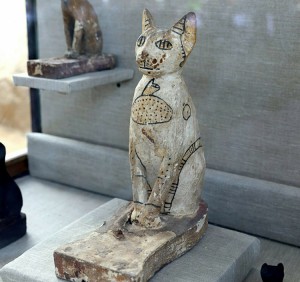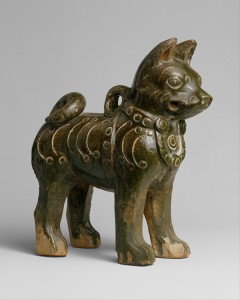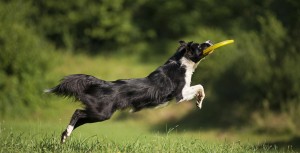Ancient Egypt’s Cats and Beetles
Monday, May 6th, 2019May 6, 2019
Late last year, archaeologists in Egypt discovered a treasure trove of statues and mummified remains at a newly opened tomb complex in Saqqarah (also spelled Saqqara), an ancient site near Cairo. Antiquities are commonly found in Egypt, but this discovery was different: it was dedicated almost entirely to cats and scarab beetles. Saqqarah was the necropolis (burial ground) for Memphis, the capital of ancient Egypt for more than 2,000 years.

This gilded wooden cat statue was one of many discovered in a tomb complex at Saqqarah, Egypt, in November 2018. Credit: Egyptian Ministry of Antiquities
The recently opened tombs at Saqqarah are about 4,500 years old. Inside, archaeologists found some human remains as well as ceramic amulets and jars of writing utensils. The more interesting finds, however, were the dozens of mummified cats and scarab beetles. Some of the mummified cats may well have been treasured pets of the deceased, but others were probably included solely to please the feline goddess, Bastet. (Bastet was the goddess of cats as well as human fertility, love, and motherhood.) More than 100 gilded wooden cat statues were also in the tombs, along with an impressive bronze statue of Bastet. Animal statues and mummies are commonly found in ancient Egyptians tombs. Some animals were seen as physical manifestations of gods, and they were included in burials for companionship, food, protection, or religious offerings in the afterlife.

Archaeologists discovered the remains of these mummified scarabs at Saqqarah in November 2018. Credit: Egyptian Ministry of Antiquities
The preserved scarab beetles, a rare find, were wrapped in linen inside small decorated limestone sarcophagi (stone coffins). The Egyptians had a scarab beetle (or scarab-headed) deity, Khepri, a solar god of resurrection and immortality. Compared to Bastet, who had her own popular cult, Khepri was relatively obscure. Combined with the difficulty of embalming delicate beetles, that may explain the small numbers of scarab mummies found over the years.
Animal embalming was a vast industry in ancient Egypt. Sadly, this means that many animals—particularly cats and dogs—were captured or raised specifically to be offered as sacrifices for the dead. Millions of mummified animals have been found over the years. In 2015, a Saqqarah catacomb dedicated to the dog or jackal-like god of mummification, Anubis, was found stuffed with nearly 8 million animal mummies—most of them dogs. Such animals as baboons, cobras, crocodiles, falcons, ibises, and mice were also commonly mummified.







